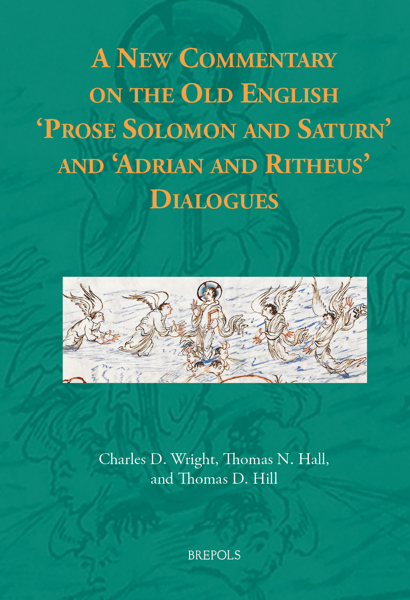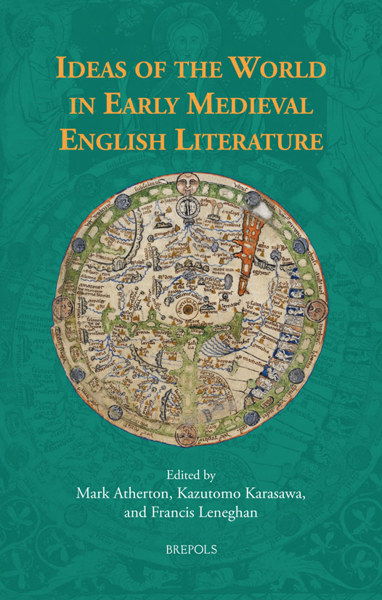
The Old English Poet as Reader
Daniel Thomas
- Pages: 312 p.
- Size:156 x 234 mm
- Language(s):English
- Publication Year:2026
- € 100,00 EXCL. VAT RETAIL PRICE
- ISBN: 978-2-503-61220-1
- Hardback
- Forthcoming (Feb/26)
- € 100,00 EXCL. VAT RETAIL PRICE
- ISBN: 978-2-503-61221-8
- E-book
- Forthcoming
*How to pre-order?
How did Old English poets read Old English poetry?
Daniel Thomas is a Departmental Lecturer in Old and Early Middle English Language and Literature at the University of Oxford. His research focuses on Old English literature, particularly aspects of vernacular composition and the depiction of space, place, and architecture.
Little is known about the original audiences of Old English poetry. The clearest evidence we possess for the reception of these verse texts is provided by the poets themselves, who must have been amongst the most dedicated and learned consumers of the poetic corpus to which they contributed. Thinking about how these poets read and responded to the work of their fellow practitioners can help us to recover something of the literary attitudes and expectations that governed both the production and reception of Old English poetry.
The Old English Poet as Reader proposes a new approach to the study of Old English poetry which simultaneously recognizes the traditional and formulaic aspects of Old English poetry while also accepting that poets working within this tradition engaged in direct and sophisticated ways with individual vernacular poetic models. The extent to which this can be demonstrated from the surviving and inevitably partial record of Old English verse suggests that such strategies constituted a key feature of the vernacular tradition for both poets and audiences. Scholars have long been accustomed to thinking about Old English poets as engaged readers of their Latin textual sources. This volume argues that we must now recognize them as equally sophisticated and literary readers of their vernacular poetic sources as well.
Chapter 1. Introduction: Allusive Poetics and Old English Verse
Chapter 2. Poetry in Pieces: Fitts and Poetic Composition in Andreas
Chapter 3. Poets in Crisis: Imitation and Contrast in Andreas and Guthlac A
Chapter 4. Traditional Theme and Narrative Structure: ‘Sleeping after the Feast’ in Beowulf and Andreas
Chapter 5. What has Grendel to do with Christ? Approach Scenes in Judith and The Descent into Hell
Chapter 6. The Good, the Bad, and the Mediocre: English Boethianism in Cynewulf’s Juliana
Chapter 7. Afterword
Appendix. Five Approach Scenes
Bibliography
Index




